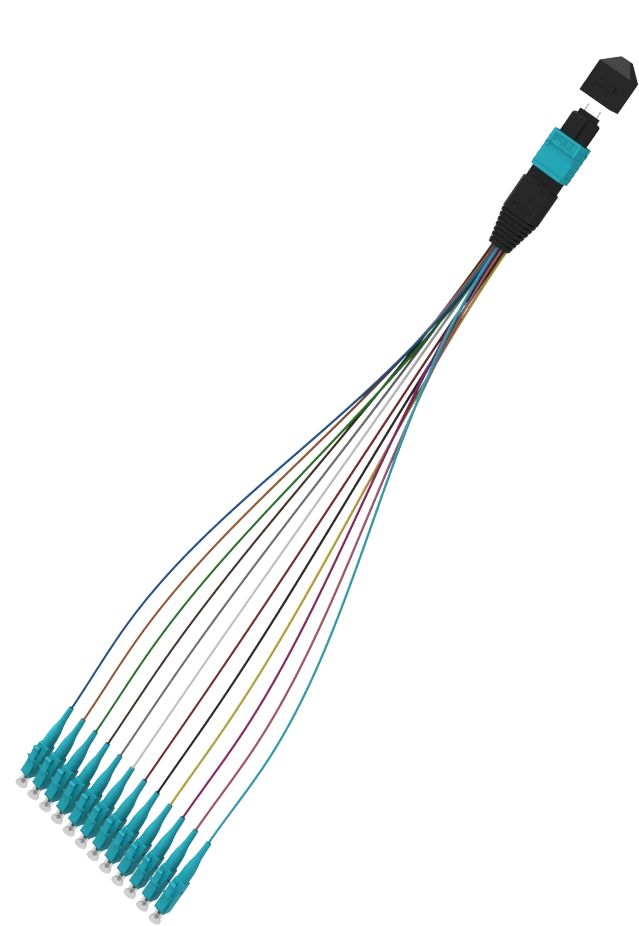Introduction:

The world of fiber optics has witnessed a surge in demand for high-speed and efficient connectivity. With the growing need for faster data transmission, optical fiber socket standards have become crucial. Among the various standards available, MTP and MPO stand out as the most popular choices. This article aims to highlight the key differences between MTP and MPO, providing valuable insights for making an informed decision.
Difference between MTP and MPO:
Though MTP (Multi-Fiber Termination Push-on) and MPO (Multi-fiber Push-On) seem similar, they do possess certain variations that can greatly impact network performance. Here are the main differences:
1. Connector Design:
The connector design is the fundamental distinction between MTP and MPO. MTP connectors have metal guide pins inside the adapter, ensuring precise alignment during mating, resulting in minimal signal loss. On the other hand, MPO connectors lack these metal guide pins, making them more prone to misalignments and signal disruptions.
2. Fiber Count:
MTP connectors are available in various options, ranging from 8 to 72 fibers in a single connector. This versatility allows for scalability and supports higher bandwidth requirements. In contrast, MPO connectors typically come with 12 or 24 fibers, making them suitable for less demanding applications.
3. Polarity Management:
MTP connectors incorporate advanced polarity management features, including key-up to key-up and key-up to key-down, ensuring correct fiber connections easily. MPO connectors, although lacking advanced polarity management, can still achieve the desired polarity through alternative methods like conversion cables and patch cords.
Choosing between MTP and MPO:
When it comes to selecting between MTP and MPO, it is crucial to consider your specific requirements and environment. Here are some key factors to consider:
1. Network Size and Bandwidth:
If you have a large network or require high bandwidth, MTP connectors are an ideal choice due to their scalability and support for higher fiber counts.
2. Signal Quality:
If signal strength and minimal loss are critical factors, MTP connectors with their metal guide pins provide better signal integrity and reduced signal disruptions.
3. Cost and Compatibility:
While MTP connectors offer advanced features, they are typically more expensive than MPO connectors. Additionally, MPO connectors are compatible with existing infrastructure, making them a cost-effective choice in certain scenarios.
Conclusion:
Choosing the right optical fiber socket standard is vital for achieving optimal network performance. While both MTP and MPO have their advantages, their differences in connector design, fiber count, and polarity management make them suitable for different applications. Assessing your specific needs and considering factors such as network size, bandwidth, signal quality, and cost will help you make an informed decision.
Whether you opt for the precise alignment and scalability of MTP or the cost-effective compatibility of MPO, ensuring a well-suited optical fiber socket standard will lay the foundation for efficient data transmission and seamless connectivity.



